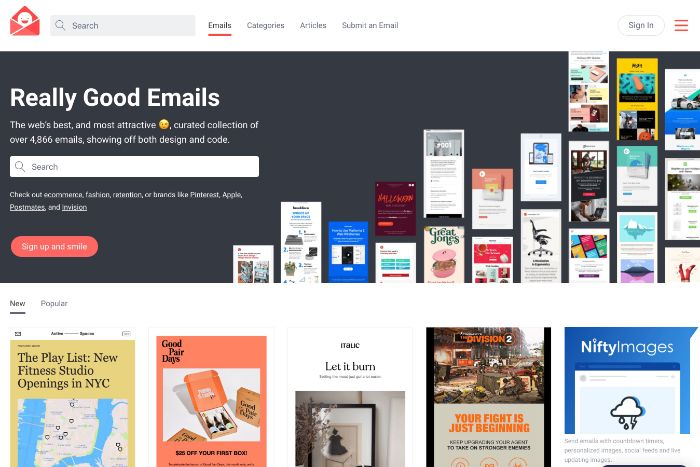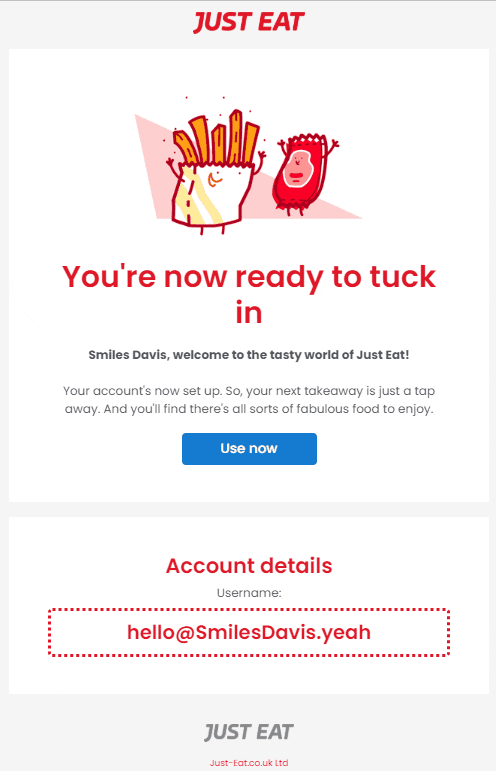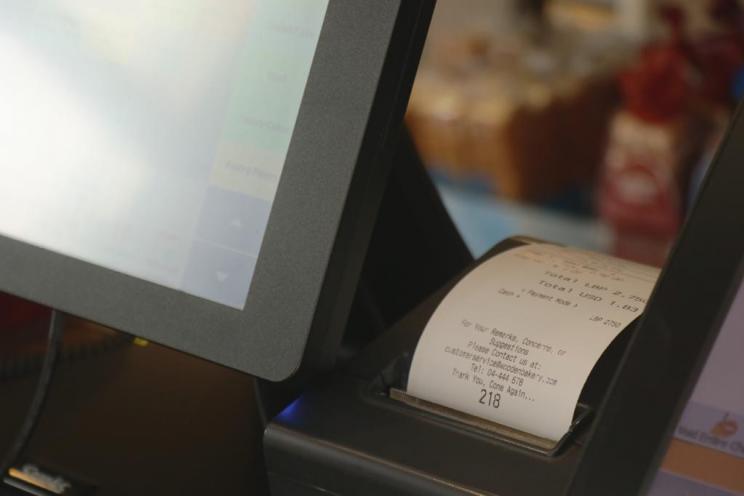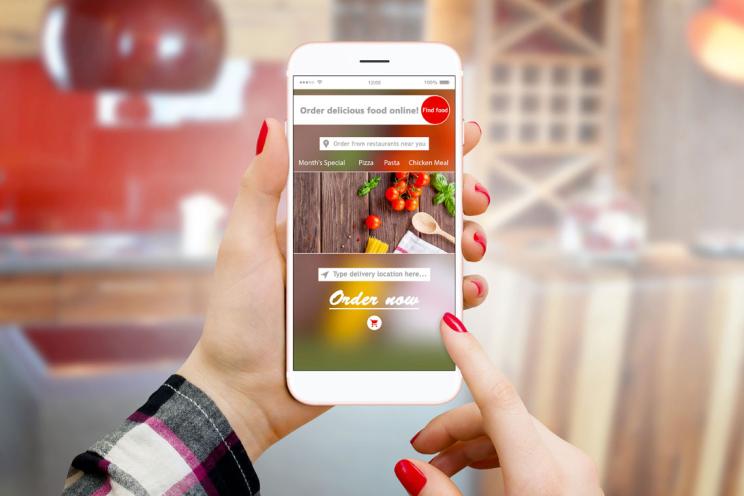Many businesses are using newsletters as an effective marketing form to inform their customers about their latest updates, news and specific product information.
What is a newsletter?
A newsletter is either a printed or electronic report covering different company’s activities and latest news. It is usually sent to employees, customers, subscribers and members containing the latest news, announcements and promotions that interest the recipients.
But,
Don’t mix up email marketing with email newsletter!!
Email marketing is designed to sell. It is a marketing tool that is directly intended to convert the viewed product into sales.
Newsletters are rather informative. They are intended to inform and educate recipients on certain products or activities or updates.
An example of email marketing might be a reminder of a certain coupon so the beneficiary can use them before expiry.
The newsletter might eventually contain a sales call but it is mainly intended to create and maintain a sustainable relationship with customers.
How to create newsletters that people actually read?
Segment your audience: quality over quantity
The success of your newsletter starts with how well you know your audience and how well you know what triggers their interest.
You probably have a CRM and if you don’t, you need to get one integrated into your POS.
The purpose of having one is to better understand your clients’ needs and likes so you might and you should use this information to build your client database for your newsletters.
How many subscribers do you have?
It doesn’t really matter, especially at the beginning.
You can start sending newsletters as soon as you have 20 or 30 subscribers.
Start with a focused list that is interested in the subjects you’re writing about and make sure you encourage subscribers to forward the newsletters to others.
Include a sign-up link in all emails in case the email is forwarded to a non-subscriber.
Creative headlines
The headline is the fishing pole that catches the eyes of your audience.
Use catchy headlines that trigger their interest and make them wonder about the content of your newsletters.
Again and again, in order to do so, you need to know your audience.
You can write an intriguing question or insert an interesting fact in the headline with a question. you might provoke the audience by challenging their knowledge.
Informative content
Think out of the box. You can simply share promotional products that might annoy your audience and you might create informative content giving your subscribers certain solutions for their problems, or interesting news that might change their habits or affect their choices.
If you target for instance vegan subscribers, you might share with them interesting facts about vegan options, new vegan shops, vegan recipes, new and innovative health approaches…
You might send the chef’s secret recipe to a famous dish or an interview with the staff to add a personalized touch to the email that enhances the relationship with subscribers and creates a bond with them.
You can suggest new food-wine pairings or community news.
Limit the promotional content to 10% and keep the 90% for informative content.
Start right from the beginning
Whenever you have a new subscriber, make sure to send them a welcoming email.
Trust me, they expect and want this email.
The welcome email usually gets the highest open rates and it can reach 50% on average which means they are highly effective and they indicate whether your newsletters will be read or not.
Onboarding emails should:
- Welcome the new subscribers
- Offer instructions on how to further to benefit from the newsletters and what to expect
- Encourage further engagement
- Anticipate and Answer questions that new subscribers might have.
Here’s an attractive onboarding email example that contains a gif for a warm welcome.







